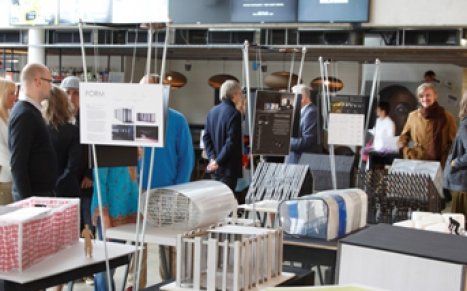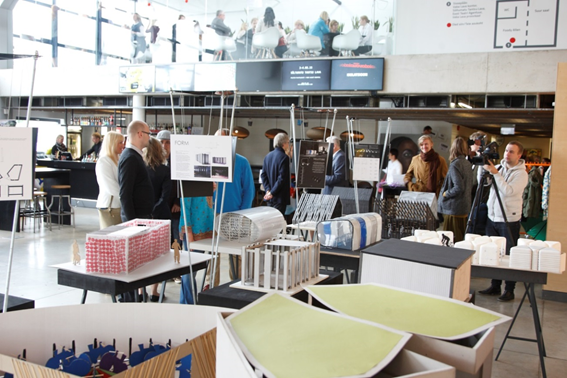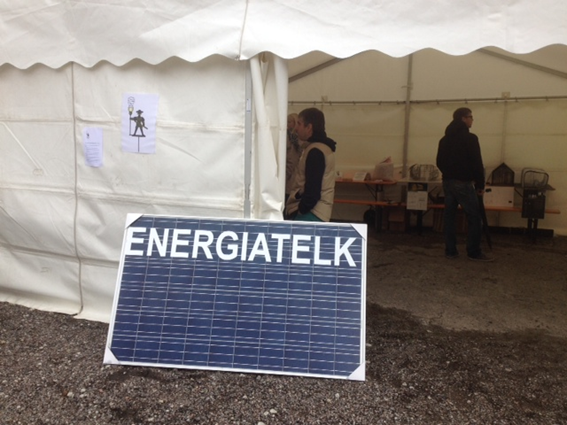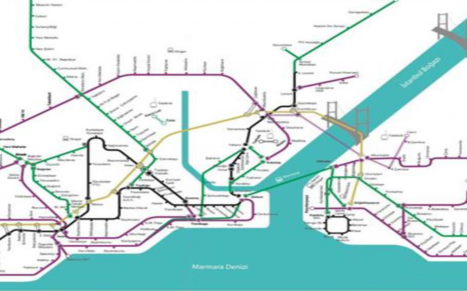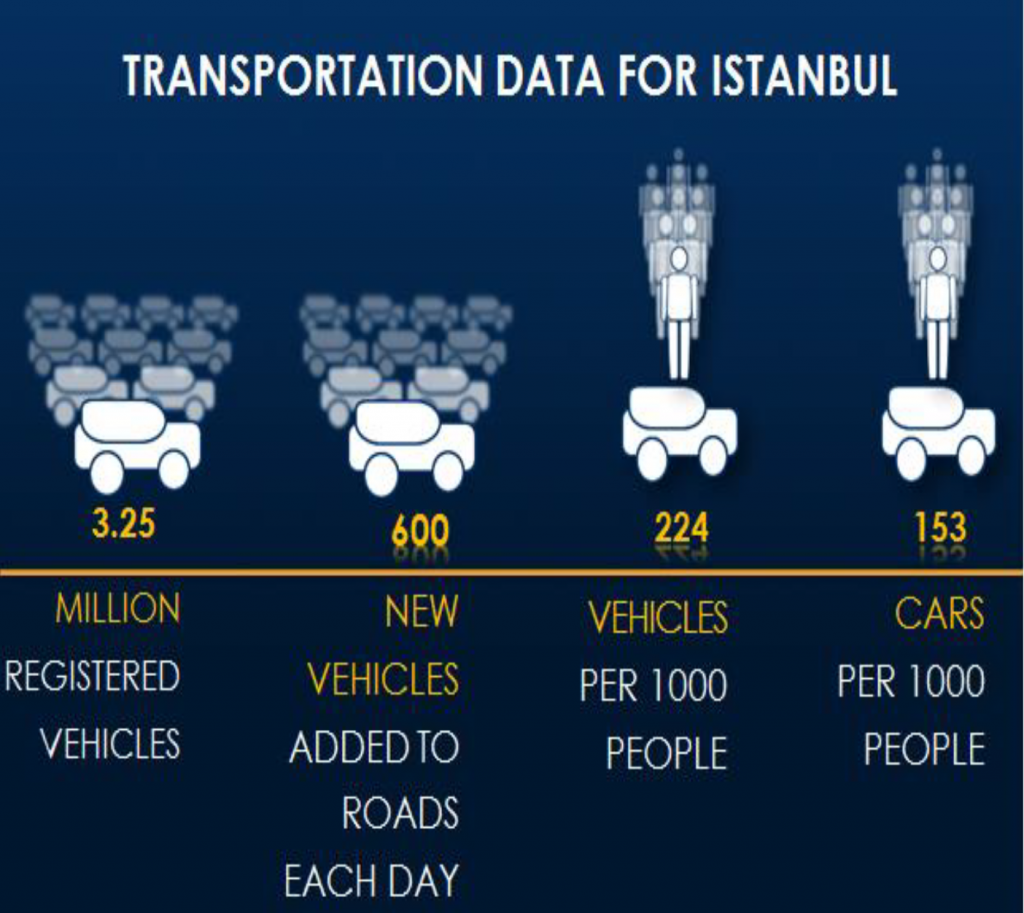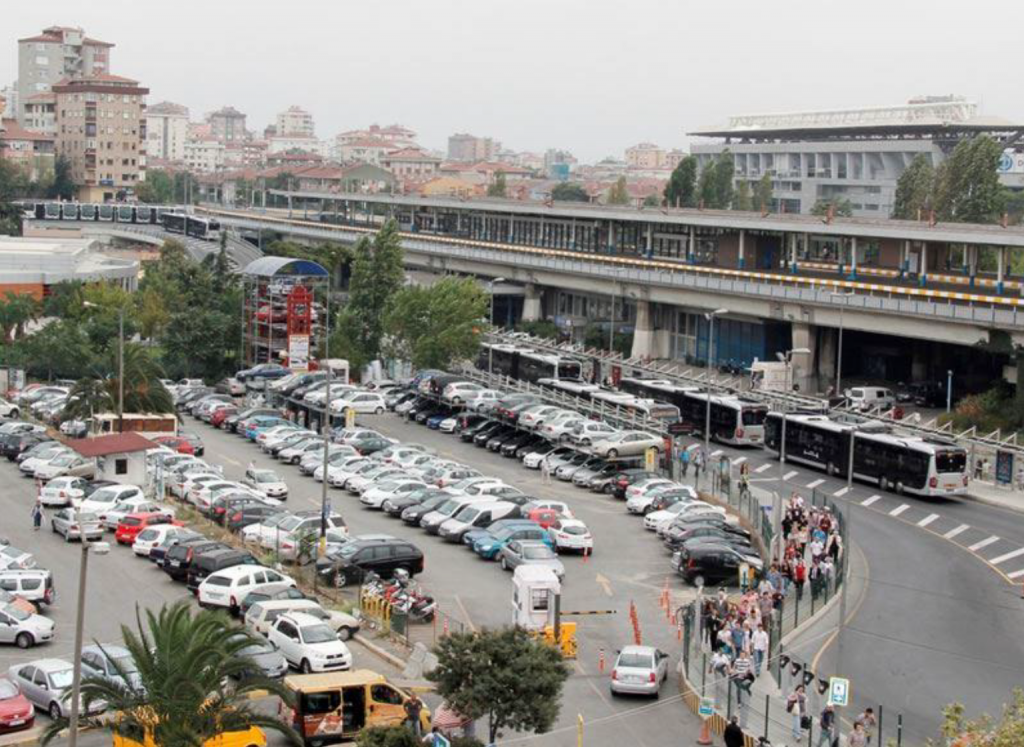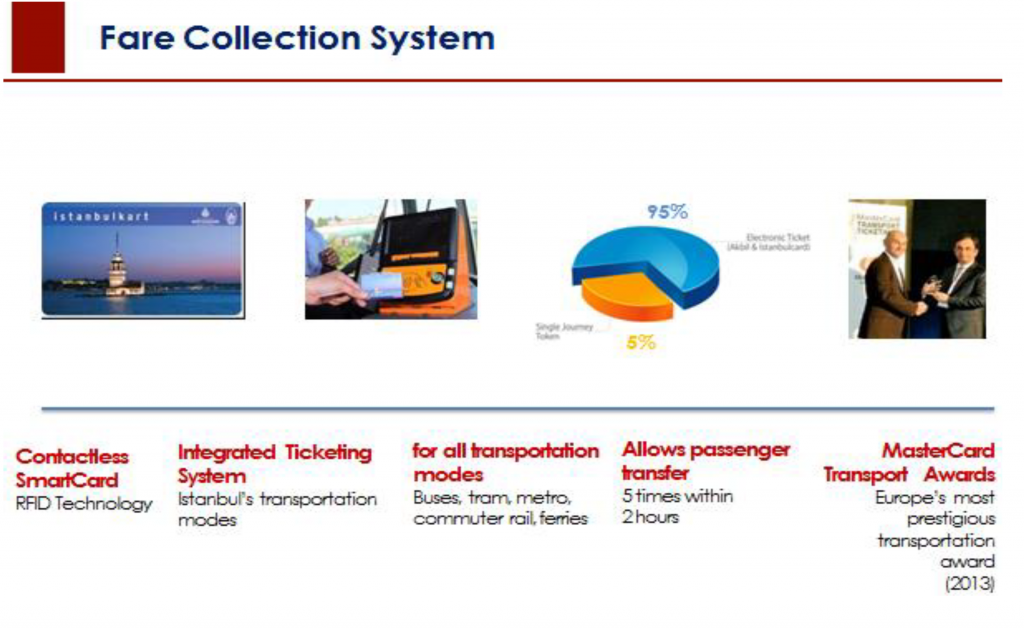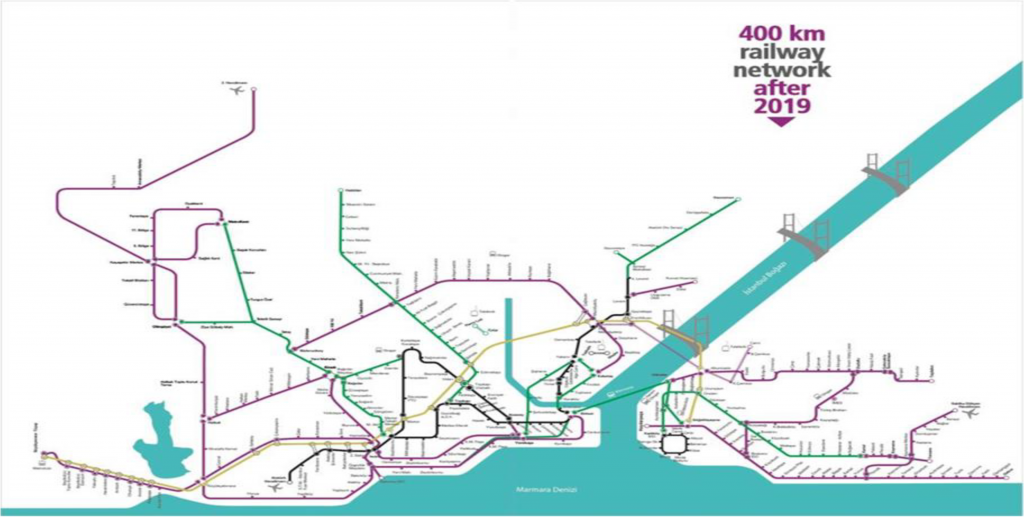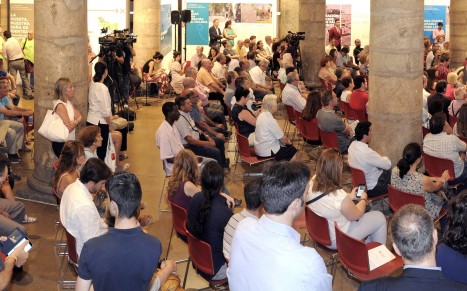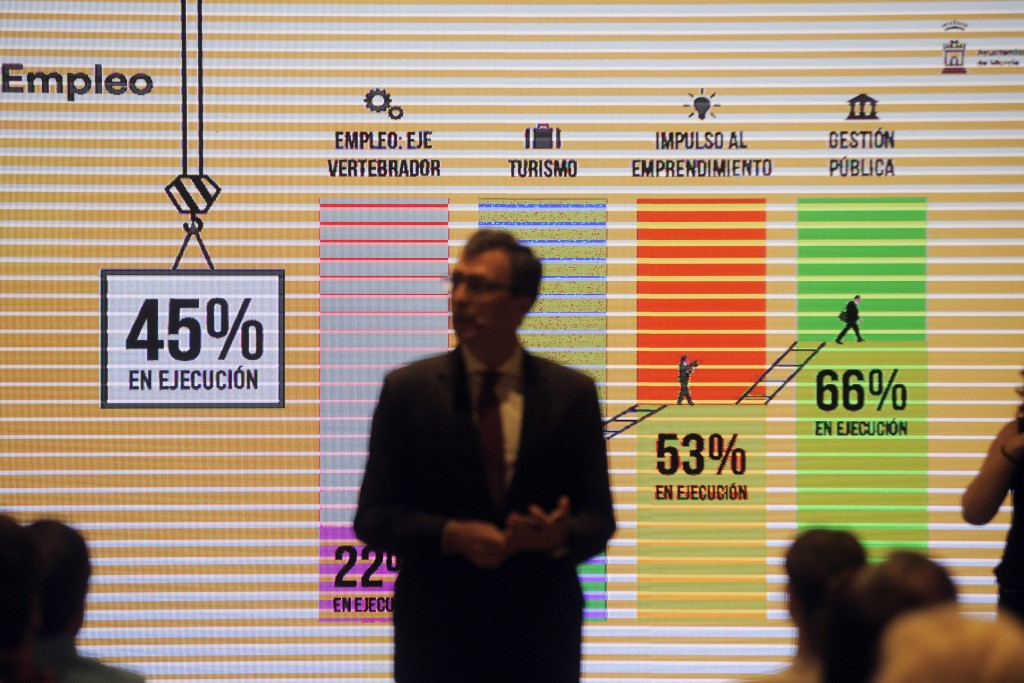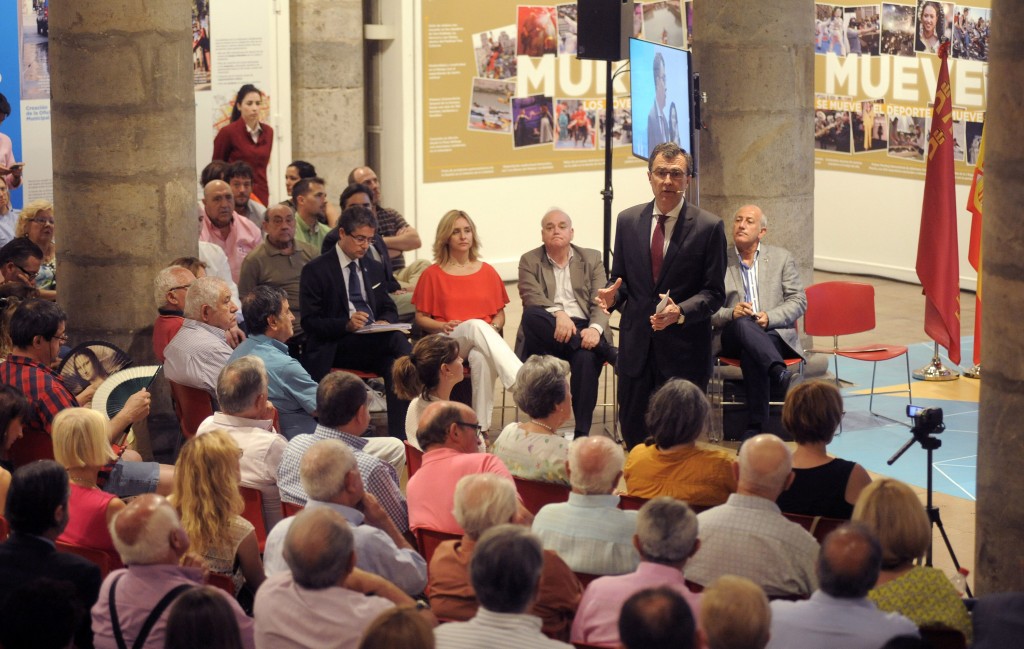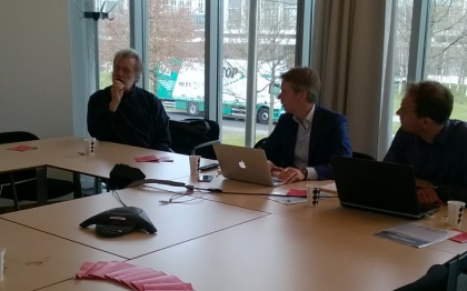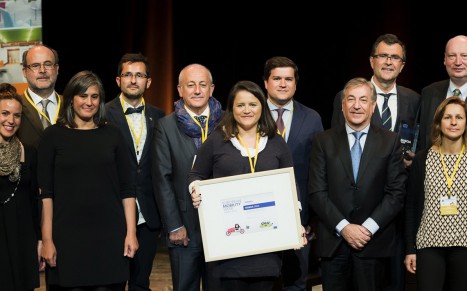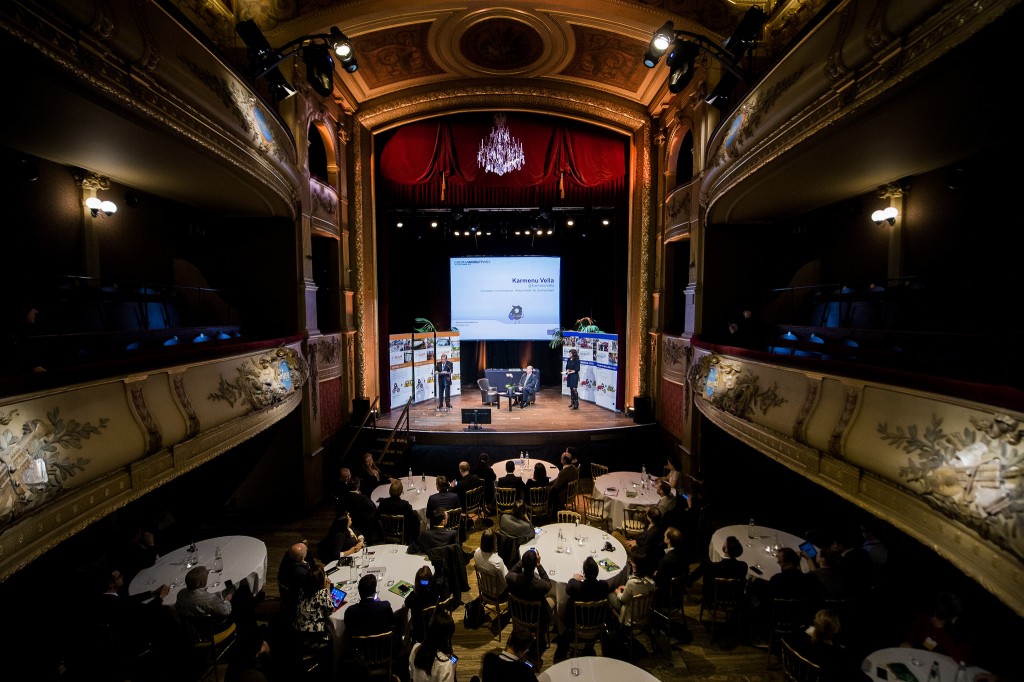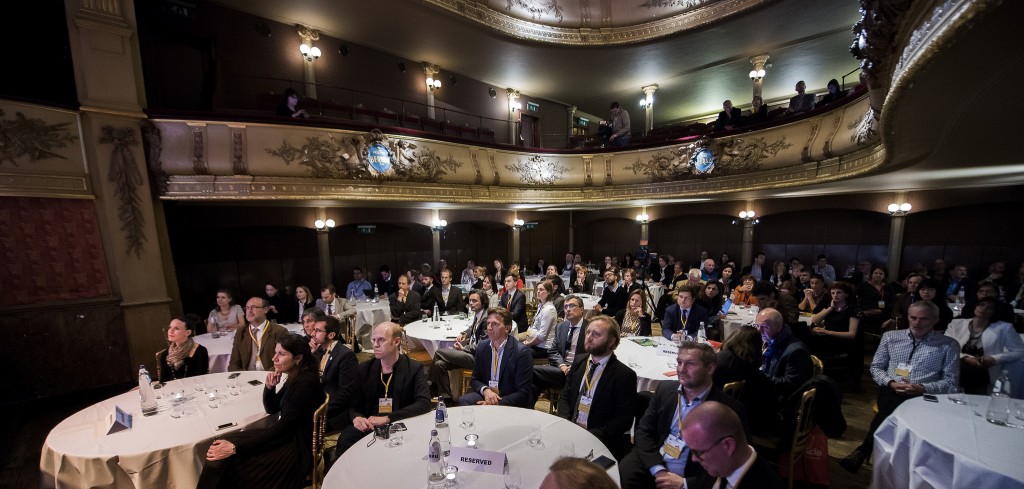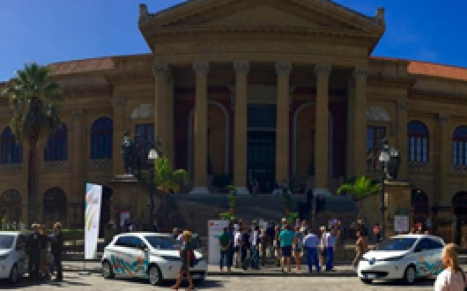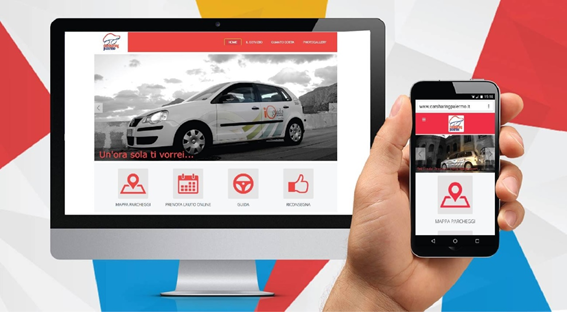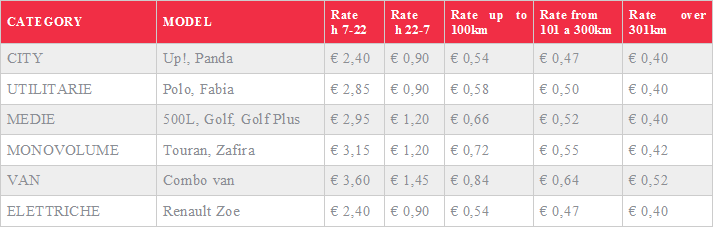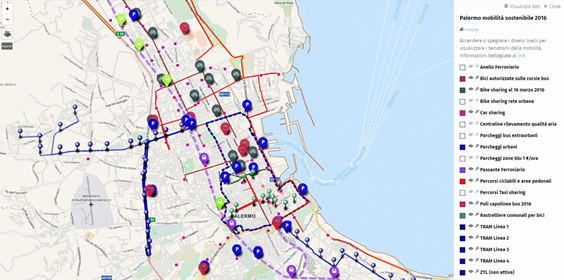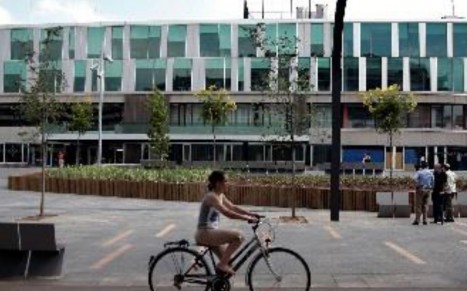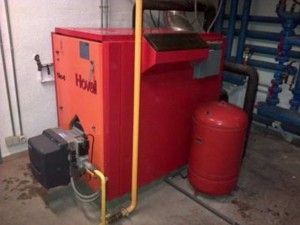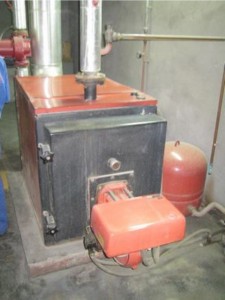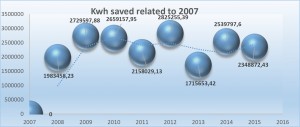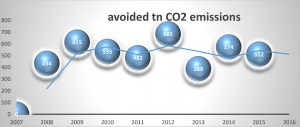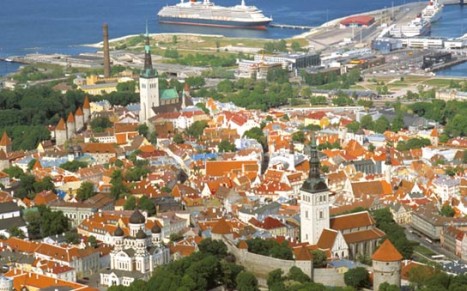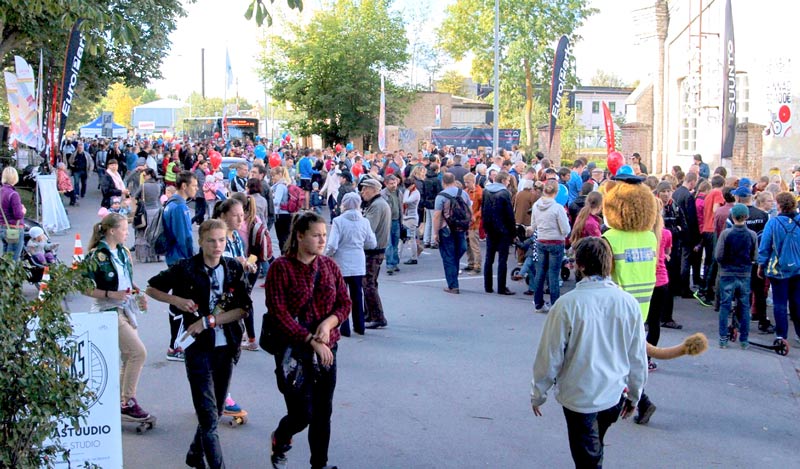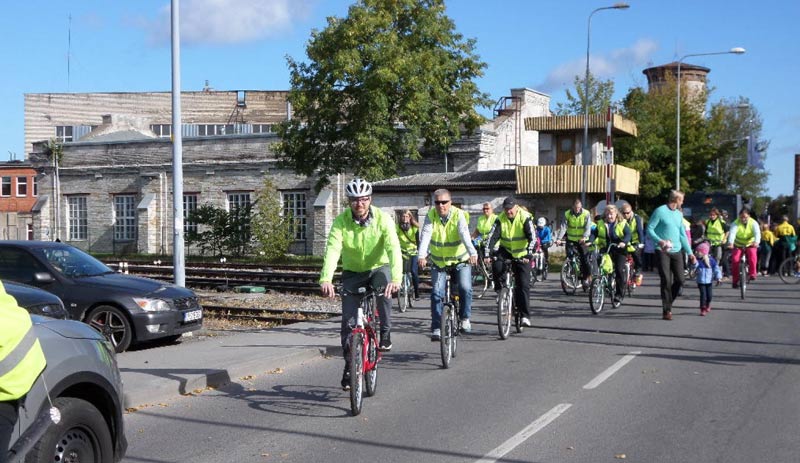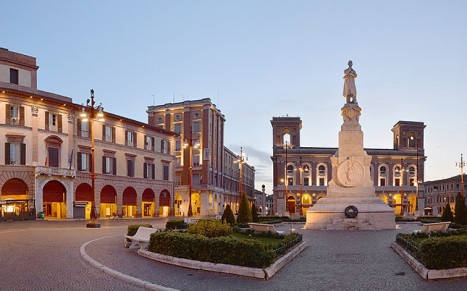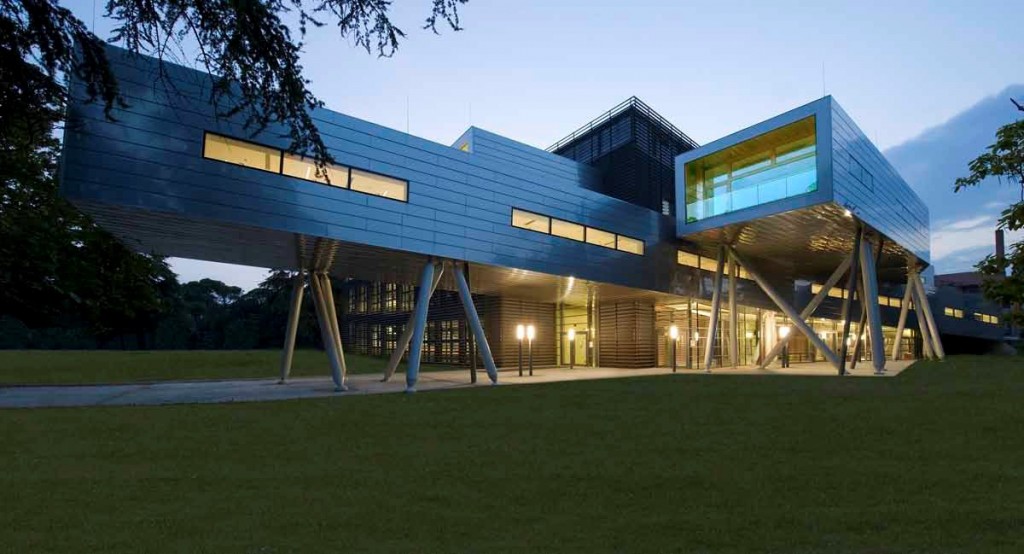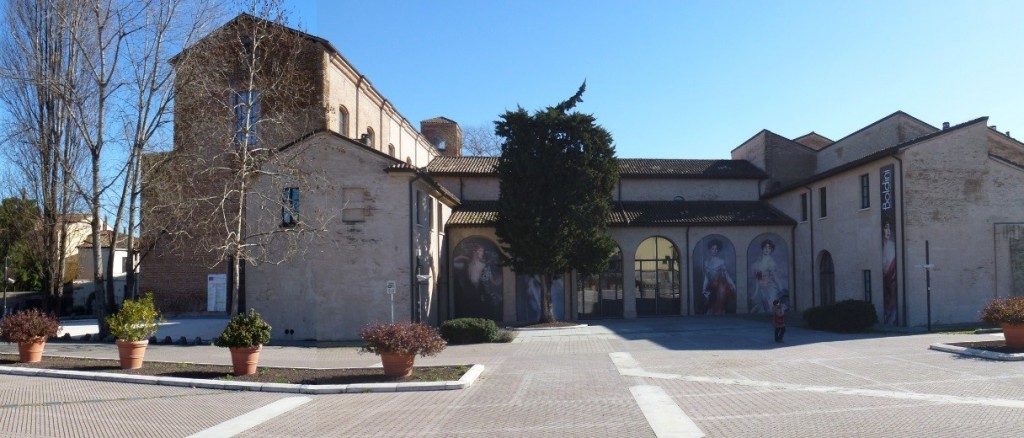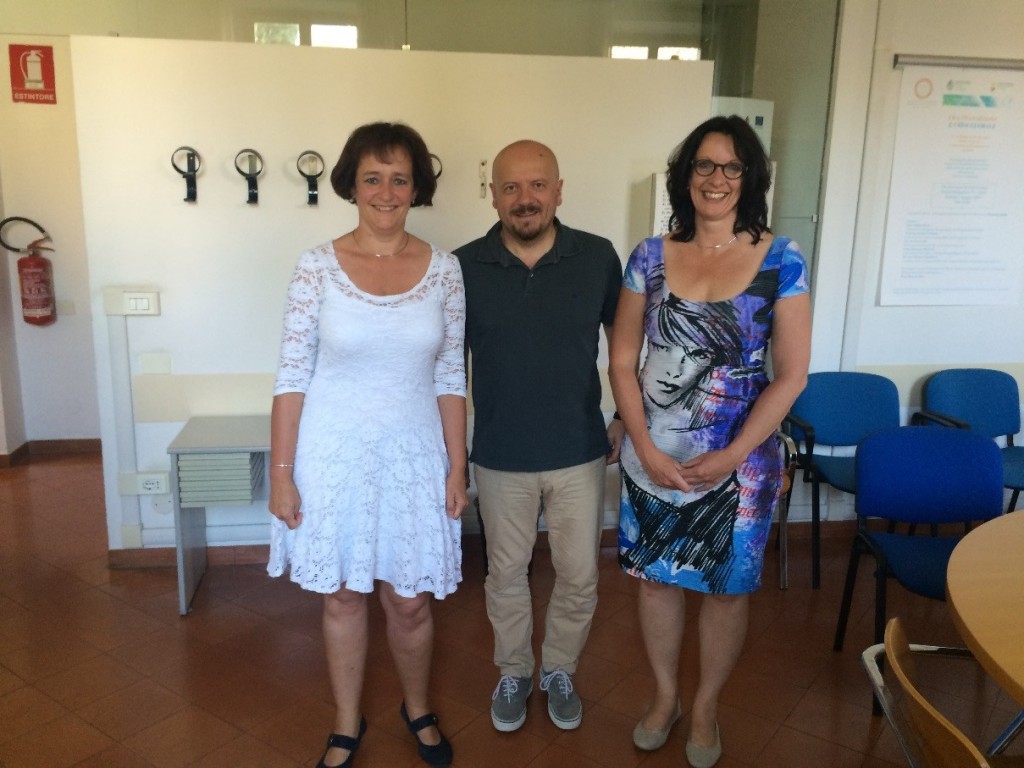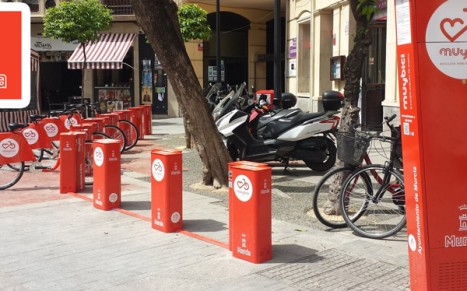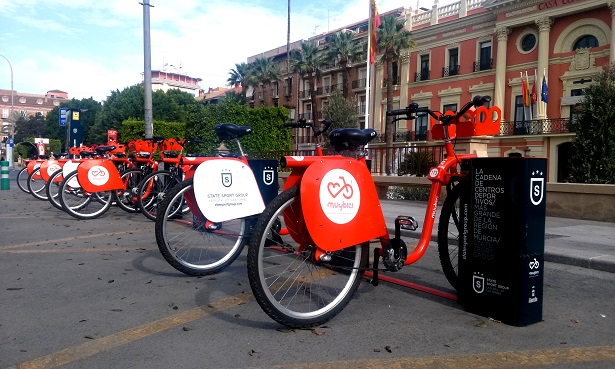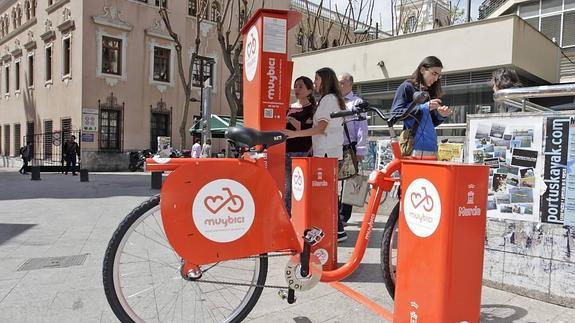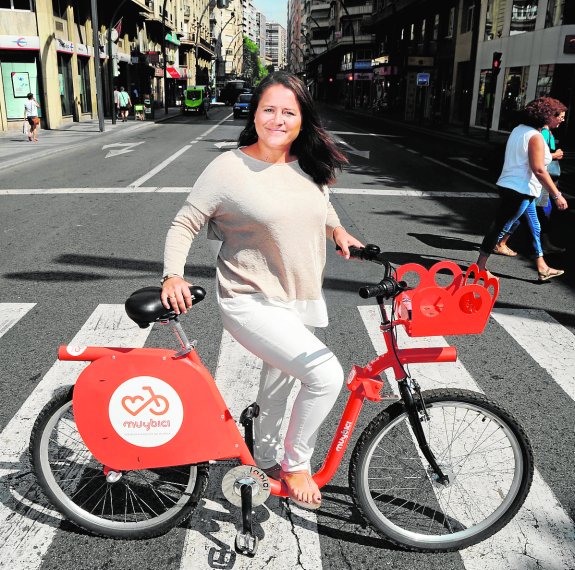Blog : 52s Posts Found
TALLINN: RAISING AWARENESS ON ENERGY EFFICIENCY
RAISING AWARENESS ON ENERGY EFFICIENCY IN TALLINN
Since 2011 the Environment Department of Tallinn City Government has organised citywide Energy Days, which are aimed to raise awareness on efficient use of energy ressources. In 2013 and 2014 the Energy Days were jointly organised by Tallinn Energy Agency and Tallinn Environment Department. Since 2015 Tallinn Energy Agency is the main organiser of the Energy Days in the municipality.
One of the objectives stated in the Covenant of Mayors, which Tallinn is a signatory of since 2011, is to raise awareness on energy efficiency and to promote energy savings. The Energy Days in Tallinn are organised to fulfill the obligations described in the Covenant of Mayors.
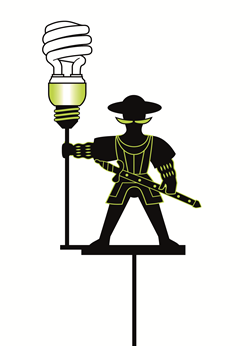 The logo for Energy Days in Tallinn
The logo for Energy Days in Tallinn
In 2015 Tallinn Energy Agency organised two events for the Energy Days:
On June 18, during Sustainable Energy Week initiated by the European Commission, an exhibition was opened, that showcased the works of the architectural design competition called VELOKODA for students. The competition was launched together with the Environment Department, City Property Department, Urban Planning Department and the Department of Architecture of the Estonian Art Academy in December 2014 with the aim to generate good solutions for lockable bike sheds to securely and conveniently store bicycles in residential districts.
There were 17 entries to the competition, including many ideas that deserve to be developed further. The competition aimed to tap into the creative and innovative thinking of students, who also most probably ride a bike to school and have a lot of ideas how to organise locking bikes up securely and conveniently. Lockable bike sheds in residential areas would in turn inspire other residents to use bikes as a mode of transport, which would contribute to improving their health, reducing noise and CO2 emissions. The architectural design competition was organised also to further Tallinn’s ambitious goal to become European Green Capital 2018.
The exhibition of the architectural design competition VELOKODA
On September 19-20 Tallinn Energy Agency was represented during the culture and environment festival „Ecomess“, where an energy pavilion was put up.
The pavilion offered many activities and a lot of information for the festival visitors. The winning designs of the architectural design competition VELOKODA were exhibited in the pavilion. The visitors could also get an informative overview of the evolution of lighting in our homes. During the two days of the festival architects and energy auditors were there to consult residents of apartment buildings in mileu valuable areas on deep renovation.
An NGO named ESAKODA and the Estonian Association of Solar Energy advised on how to achieve energy savings with healthy indoor climate and how to use renewable energy in buildings.
On September 20 a seminar was held during the festival called „Traditional materials: yesterday and today“. The Head of Tallinn Energy Agency Villu Pella gave a presentation on how to attain energy efficiency in mileu valuable areas.
The energy pavilion during the “Ecomess” festival
ISTANBUL SMART DESIGNED METRO LINES
ISTANBUL Smart Designed Metro Lines
Istanbul is like a state on its own. With its population of almost 14 million, it’s larger than 23 countries in Europe. The metropolitan area falling under the responsibility of the Metropolitan Municipality is 5.389 km2, and its east-to-west extension is 165 km, and north-to-south distance is 45 km.
Istanbul is the largest city in Turkey. The officially registered population is 13.8 million people as of 2014, which makes about 18% of Turkey’s population. This means that out of every 5 Turkish citizens, one lives in Istanbul. Plus, Istanbul is the 3rd largest metropolitan area in Europe after London and Moscow.
Istanbul Metropolitan Municipality (IMM) has a massive budget. It’s budget is larger than 18 of the 29 Ministries in Turkey. The consolidated budget generally increases by 7.7% every years, and for 2013 it was around 12 billion USD. Of this figure, 8 billion USD is the investment budget, and around half of this budget is dedicated to transport every year.
So far, the Municipality succeeded in solving all its problems for the foreseeable future (i.e. Water supply, pollution, housing etc.), except for transport: The traffic congestion within the city is a growing problem and that’s why the Metropolitan Municipality dedicated almost half of its resources and energy to solve the transport problem.
IMM has introduced a new Project into the service of the citizens within the scope of the Project named “Park and continue travelling”. By means of this Project the citizens shall be able to travel to any spot they want after having left their vehicles at the park area car park which is nearly 5 minutes away from the metro stations.
Picture: Park and Travel Locations
Passengers shall have the right to make use of park which has a capacity of 50 to 1000 vehicles and is 5 minutes away from stations with a 20 % discount from the daily tariff of ISPARK (company of the IMM) for days.
Ring vehicles shall be in place in order to secure a safe a timely travel within the scope of the “Park and continue travelling with metrolines” concept. (http://www.ispark.com.tr/aracini-isparka-park-et-metro-ile-devam-et/)
The population of Istanbul is 14 million and around 5 million trips are made on a daily basis with all modes of public transport including buses, BRT, tramways, funicular lines, sea transport etc. The General Directorate of IETT manages the public transport fare collection system in Istanbul. There is not a second public transport card in this regard. 92% of the public transport is performed by using Istanbulcard.
The segments of the recipient audience are defined by education, age, frequency of using public transport and issues of positive discrimination. IETT provides different tariffs, tranport options and campaigns for these segments.
The general objective is to maximise the benefits of customers.
In this regard our value proposition as IETT is: “To be recognized as an istitution which provides rapid, comfortable, safe, economic, accesible, integrated and sustainable public transport and to be preffered because of these reasons.” There are also some initiatives in order to use Istanbulkart as a payment instrument in affiliates of Istanbul Metropolitan Municipality, such as ISPARK A.S. (parking), KULTUR A.S. (culture) and SAGLIK A.S. (health).
- Istanbulkart is easy to use. It is able to work contactless and practical to carry.
- Istanbulkart is totally secure. It is impossible to copy the card or load credit except for the certified booths. Loading and validating systems are configured over different electronic systems and codes, and have technologic protection. Personalized electronic cards have credit protection for getting lost or stolen. Their credits are transferred to their new cards.
- Istanbulkart is an advantageous card. It provides the opportunity to make discounted trips thanks to different product ranges and transfer option.
- Istanbulkart provides uninterrupted trips. Istanbulkart, which can be used in all transport authorities in Istanbul, enables uninterrupted travels thanks to its full integration feature.
- Istanbulkart is open for improvement. Its infrastructure, allowing multi-applications, proves that it has a high potential in order to be used as a payment instrument and city card.
And that’s what we plan entegration of public transports with metrolines to have in 2019.
(http://www.istanbulunmetrosu.com/)
Murcia – Citizen Participation Congress
Murcia’s 1st Citizen Participation Congress
On the 8th of July 2016 Murcia City Hall celebrated its first Citizen Participation Congress. The “I Congress of Citizen Participation” is a singular initiative that combines local government in its traditional sense (decision making and daily tasks) with transparency, citizen participation and a modern approach to governance itself.
(Mayor José Ballesta adressing the gathered stakeholders)
The daylong event consisted of, amongst other things, a government council meeting that was open to the public (not to be confused with city council meetings which are always open to the public), presentations on various important topics Murcia City Hall is currently working on, amongst them the “Murcia Smart City Plan” and the “Murcia 2020 City Strategy” but also European Projects, especially the “Roadmaps for Energy” Project and the “URBACT Interactive Cities” Project.
Both projects strive to modernise local government in various fields, Smart Mobility & Smart Buildings, and Citizen Participation & Urban Regeneration respectively. The Councilmember for Government Modernization, Urban Quality & Participation, José Guillén, stated “We want new technologies to serve the public, giving better service, improving the quality of life and facilitating their relationship with the local government, being able to do so from the comfort of their own homes.”
Mercedes Hernandez, head of European Programmes, explained how the URBACT Interactive Cities project explores how digital, social media improve the relation between local government and the citizens, be it through citizen engagement, cohesion, identity or values, revisiting the relationship between the citizens and their city’s management, improving the quality of public services, etc. A project in which partners exchange knowledge and experiences in the use of communication tools, creating a joined transversal and multidisciplinary process of which the end-goal has always been the improvement of the quality of life for all of our citizens.
As for the part concerning the Roadmaps for Energy Project (R4E), the project was introduced as an initiative under the European “Horizon 2020”, paying special attention to the characterisation and the model of citizen services cities and municipalities should offer, the main areas of focus of the R4E project being, smart buildings, smart mobility and smart urban spaces, within the Smart City approach.
Eindhoven: Smart mobility travellers community – High-Tech Campus
SMART MOBILITY TRAVELLERS COMMUNITY – HIGH-TECH CAMPUS EINDHOVEN

In order to solve bottlenecks of the best economic locations in North-Brabant and to improve the mobility of people in a sustainable way, the Province of North-Brabant started the ‘Brabant mobiliteitsnetwerk‘ (Brabant Mobility Network – BMN).
Within this network Eindhoven focuses on two locations: on the one hand on Eindhoven centre northeast (among others, the university, Rabobank and Maxima Medical Centre) and on the other hand on the High Tech Campus Eindhoven (HTCE).
Companies, public authorities, educational institutions and social organisations work together in this network. Together they look for concrete measures which offer solutions to local and regional transport issues. In other words: Smart work and smart travelling.
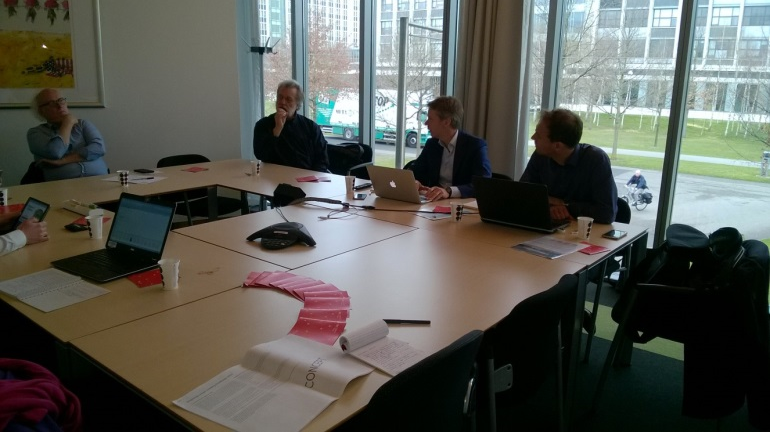
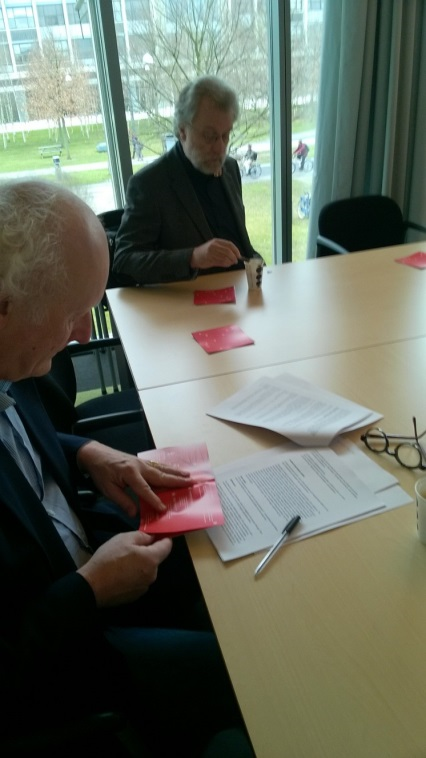
Two networks have been created for HTCE;
1. A HTCE-community which focuses on increasing the possibilities of smart working and smart travelling in the immediate future (2015, 2016) and to ensure that employees make use of this.
2.A smart mobility community, in which TomTom, Eindhoven University of Technology (TU/e), V-tron, NXP, Mobility-S, HTCE Site Management, the BOM (Brabant Development Agency) and the municipality of Eindhoven work together on the development of a showcase concerning smart mobility that promotes the mobility and the economy of HTCE (in the Eindhoven region).
On April 4th 2016 the Smart Mobility Travellers Community had its second meeting this year. The goal of this meeting was to inform the members about ongoing initiatives. The community has not yet managed to develop a concrete project for the showcase. By informing all the members about the different developments, they also evaluate if there are possible starting points to start working on a specific project.
The Smart Mobility Roadmap of the municipality of Eindhoven shows how the city perceives the developments in the field of mobility. And by doing so, it offers a framework for the showcase that Eindhoven will create.
Murcia wins the 2015 European Mobility Week Award
Murcia wins the 2015 European Mobility Week Award
The European Mobility Week (EMW) for 2015 was held under the banner of ‘Smart and sustainable mobility – an investment for Europe’. The EMW Award is presented to the local authority that is judged to have done the most to raise awareness of sustainable mobility during European Mobility Week.
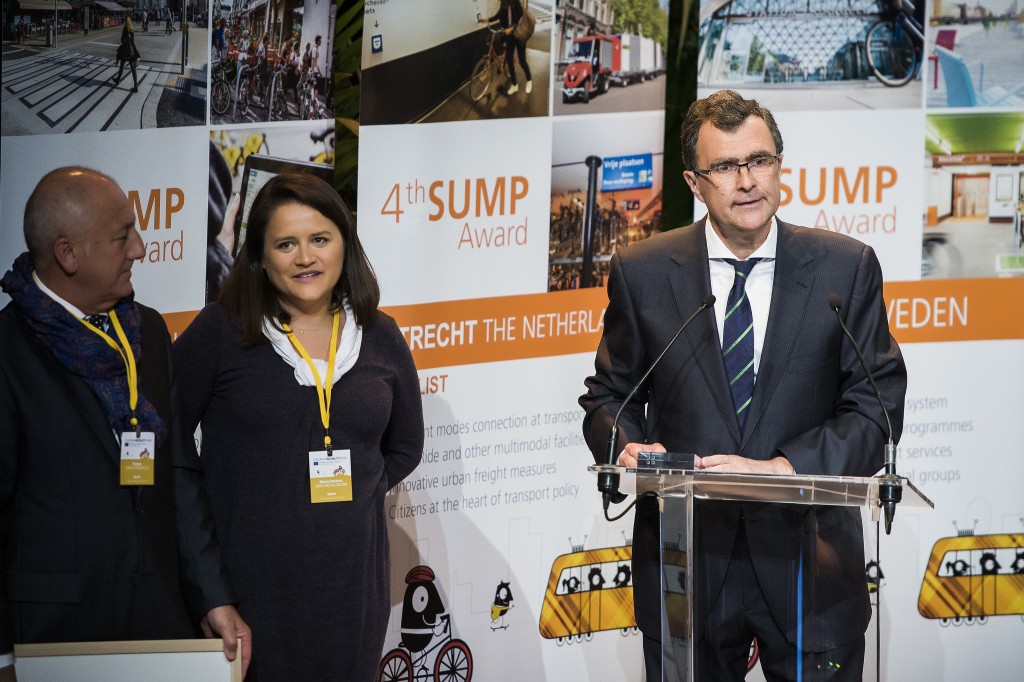
To apply for the award, local authorities must have implemented the three criteria and signed the Charter. After which an independent panel of experts, receives three-minute videos in both English and their native language highlighting the achievements of the participant city, after which the winners are chosen.
Murcia (Spain) has been announced as the winner of the EMW Award 2015. The Murcian delegation received the award from Commissioner Karmenu Vella, responsible for the Environment, at the award ceremony which was held in the Théâtre du Vaudeville in Brussels (Belgium), where Murcia was congratulated for taking steps to promote active modes of travel such as walking and cycling.
The reason Murcia had been selected as a finalist is its focus on bikes and public transport, which lined perfectly with the theme of multimodality. The city has an innovative approach to intermodal e-mobility, complete with e-bikes and e-scooters, which have found a following among the residents. Also, Murcia has a good strategy for rewarding best practice in commuter travel, with a public transport loyalty scheme. And people with reduced mobility receive special attention. The Mayor of Murcia José Ballesta Germán and several politicians have attended breakfast meetings with residents to address these issues.
Murcia also celebrated a Car-Free Day and tested the planned pedestrianisation of one of the city’s main streets. A total of 6,000 people participated in the Car-Free Day events. The permanent measures implemented by the city include: bike racks on buses; folded bikes allowed on buses; opening bus lanes for cyclists; and the extension of paid parking zones.
Taking the stand, Mr Vella praised all who take part in EUROPEANMOBILITYWEEK pointing out that it is the citizens who are the real winners. He also stressed the need for more collaboration to achieve sustainable mobility objectives, saying: “we need to act together and on many fronts. We need to increase active transport, car-sharing and green public transport”.
Murcia: https://www.youtube.com/watch?v=2ToresSpfbY
EMW16: https://www.youtube.com/watch?v=WPFe5sBFGXQ
Car and Bike Sharing – Palermo
“CAR AND BIKE SHARING”
The Municipality of Palermo imagines the city of Palermo in 2050 as a “haven of culture and social integration “. The update and development of the Sustainable Energy Action Plan (SEAP) will also be implemented through the participation in R4E – Roadmaps for Energy – project that gained funding from the European Union’s Horizon 2020 Program, focused on two main aspects: smart mobility and smart building.
As “smart mobility” the city of Palermo is implementing some important projects, now known throughout Italy as they are characterized by strong elements of technological innovation: in particular, the implementation of integrated services of car sharing and bike sharing. Palermo is the first Italian city where the citizen can use the same smart card to access car-sharing services, both with car natural gas and electric, and bike sharing, with electric bicycles or muscle type. These services, in addition, can be accessed by the subscribers of the car sharing system “I Guido”, present in other Italian cities (Rome, Turin, Milan, Bologna, Florence, Genoa, Venice, Brescia, Savona).
Car Sharing
As it is known, car sharing is an individual public mobility service, and it is additional to public and private transport, smart, economical and environmentally friendly. In Palermo it consists of a fleet of 126 cars, of which 24 electric, 92 natural gas and 10 diesel fueled, that the user can withdraw in over 300 stalls located throughout the city.
The user, at the subscription time, receives a smart card with a microchip equipped with individual PIN (secret code) required to collect the car and return it. The service is managed by the Public Transport Company, AMAT Palermo Spa, as in other Italian and European cities. The service cost consists of two parts: a fixed annual subscription, equal to € 25.00, and a rate proportional to the actual use of the car (journey time and mileage):
HOURLY RATES ROUND TRIP
HOURLY RATES ONE WAY
Rates include fuel, insurance policies and free use of paid parking (blue zones and exclusive parking) and bus lanes.
Bike Sharing
The bike sharing service uses, at least for this first phase, 37 bicycle parking places, spread the municipal area, both within the ZTL (Restricted Traffic Zone), that within peripheral areas, with particular attention to the seaside line of Mondello.
The bicycle parks consist of 10 or 20 stalls for bicycles.
Citizens (after signing a subscription paper) use bicycles mainly as a means of public transport, with the constraint to deliver them at the end of their use at one of the various racks around the city.
Seven cycle parking spaces will be equipped with photovoltaic shelters, that in addition to produce electricity from renewable sources, constitute an element of street furniture, as they were designed with a particular attention to their architectural forms.
Bicycles are, mainly, of “muscle” type (400) and a small percentage consists in electric bicycles (20). The racks equipped with photovoltaic shelters allow you to charge the batteries of the electrically assisted bicycles, while the excess energy is led into the grid. All bicycles are equipped with a GPS / GSM locator that sends its geographical coordinates and the level of charging in a central management server, which processes on the basis of predetermined procedures.
Mappa della mobilità (con l’ubicazione dei parcheggi di car & bike sharing)
The service is available, in the limits of the number of bicycles available at each station, 12 months out of 12, 7 days out of 7, with the possibility of withdrawal on the following dates:
● from 1/5 to 30/9 of each year, from 7.00 a.m. to 24.00 p.m.
● from 1/10 to 30/4 of each year , from 7.00 a.m. to 22.30 p.m.
In case of annual subscription, the user may withdraw his bike by taking it from a stalemate after approaching his card to the optical reader in correspondence of the stall or after using the official BiciPA service. In case of daily/weekly ticket, the user may withdraw the bike taking it from a stall after entering his own user ID and password of BiciPA “youBike” App.
The return of the bicycle can take place at any station by coupling to a stalemate. In addition, to ensure the successful completion of the return, the user will be able to use the app or to access to his personal area on the web site BiciPA.it.To return the bicycle the user can bring his card to the optical reader of the service stall.
In order to ensure the sharing of the means, that constitutes an essential element of a bike sharing service, the daily maximum limit of use of bicycle is set by the seasonal time of the service end, as above mentioned.
Inauguration of the first cycle parking
For further details click on:
http://www.carsharingpalermo.it/
http://www.bicipa.it/
Energy Management in Public Buildings – Sant Cugat del Vallès
“ENERGY MANAGEMENT IN PUBLIC BUILDINGS”
Sant Cugat is a medium size city located just outside of Barcelona, with almost 90.000 inhabitants. As many other cities in Spain, the last few years Sant Cugat has growth quickly, in 1994 there were only 34.000 inhabitants.
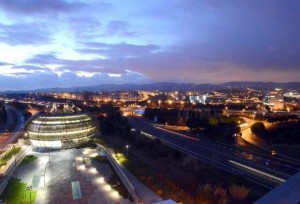 The city has different kind of public buildings like schools, sport pavilion, administrative and cultural buildings, etc .At the end of the 20th century we had a lot of problems to get funding to improve our installations, only corrective maintenance was done so the installations were more and more ineffective. On one hand complaints from users happened increasingly due to the failure of the systems and the low thermal comfort, the continuity of the service in many buildings was a real challenge, and on the other hand the energy consumption was higher and higher.
The city has different kind of public buildings like schools, sport pavilion, administrative and cultural buildings, etc .At the end of the 20th century we had a lot of problems to get funding to improve our installations, only corrective maintenance was done so the installations were more and more ineffective. On one hand complaints from users happened increasingly due to the failure of the systems and the low thermal comfort, the continuity of the service in many buildings was a real challenge, and on the other hand the energy consumption was higher and higher.
Moreover the lack of information about the installations was another fact to be taken into consideration, no plans, no schemes, from some of the longstanding buildings no information was found, we didn’t know about the distribution pipes, duct, etc.
As far as the energy consumption concerns the situation wasn’t sustainable any more. We realized we had a huge problem and we initiated the process to change the situation, the first thing was to be aware of the situation not only from the technician side but from the politician side.
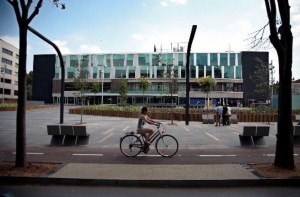 In 2005 the lucky was on our side and we got by chance a draft of what in the future has been the standard prescription rules of the ESCO model.
In 2005 the lucky was on our side and we got by chance a draft of what in the future has been the standard prescription rules of the ESCO model.
The feasibility of these kind of contracts were very low due to the lack of legal regulations, our legal department had to work hard to make feasible the draft prescriptions we had at that moment.
In the meanwhile and for almost a year we made an inventory and the functioning chart of all the installations, a general assessment was done, as of then we were ready to face the new public tender.
For every building we made the assessment and the minimum investments to be done were defined to be included as a compulsory in the regulation prescription to be implemented by the new company, on the basis of all this information the Municipality of Sant Cugat put the service out to a public tender at the end of 2006.
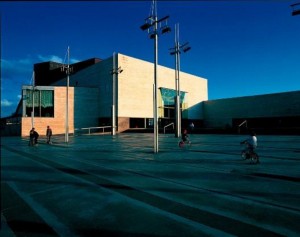 Situation prior putting the service out to a tender was:
Situation prior putting the service out to a tender was:
- Low level of maintenance
- Obsolete installations and high number of breakdowns
- Lack of energy management procedures
- Low energy rate
- Lack of documentation
- Lack of specialized staff
Main work packages of the tender:
- Work package 1: Energy Management
- Work package 2: Preventive Maintenance and piping
- Work package 3: Corrective Maintenance and total warranty
- Work package 4: Investment Plan funding addressed to the improvement of the energy rate and sustainable development.
Scope of the tender: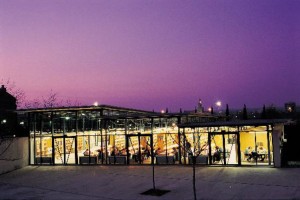
- 16schools
- 9 sport pavilions
- 9 cultural buildings
- 1 theatre
- 2 museums
- 14 administrative buildings
Main features of the tender:
- Length of the contract: 10 years
- Thermal power: 7.4 MW
- Tender Price:
- Work package 1: Energy Management. 473,016 €/year
- Work package 2: Preventive Maintenance and piping. 184,010 €/year
- Work package 3: Corrective Maintenance and total warranty. 95,813 €/year
- Work package 4: Investment Plan funding addressed to the improvement of the energy rate and sustainable development. 158,325 €/year
- Minimum investment: 1,112,000 € to be done within the first two years.
After the tender the new contract was agreed with Veolia, the main features of the agreement were:
- Contract Price:
- Work package 1: Energy Management. 363,040 €/year
- Work package 2: Preventive Maintenance and piping. 194,320 €/year
- Work package 3: Corrective Maintenance and total warranty. 87,444 €/year
- Work package 4: Investment Plan funding addressed to the improvement of the energy rate and sustainable development. 216,533 €/year
- Offered Investment: 1,655,893 € to be done within the first year.
Exploitation analysis of the contract 2007-2015.
WP1. Energy Management
More than 50 % of the boilers and heating bumps were renovated
Monitoring systems and remote control were installed
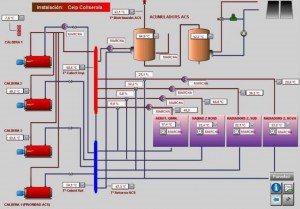
Temperature sensors were installed and in some buildings also were installed Hr sensors and CO2 level sensors.
All installations were planned according to the schedules and set point temperatures required in the tender prescriptions rules.
Specific meters were installed just to know exactly the energy consumption of the heating and cooling systems.
Actually the municipality pay a flat rate for the energy, achieving directly savings around 30% of the total amount before the tender, savings are used to pay for the investments done.
The ESCO company took the risk and undertook the commitment to pay for the energy additional cost resulting from a poor management of the installations.
The comparison along the years has been done on the basis of variation of temperatures with regard to a reference temperature getting the heating and cooling degrees-day which allow us to compare similar conditions otherwise the analysis would be wrong.
Since 2007 18.95 Mwh of the energy consumption have been reduced what represents a yearly average reduction of 33.9% related to the energy consumption in 2007.
Since 2007 4,224 tn of CO2 emissions have been avoided.
WP2. Preventive Maintenance and piping.
To render a high quality service it’s necessary to have a steady, qualified and motivated staff. Nowadays our staff is composed by:
- 2 technical workers in charge of the maintenance and the tracking of the installations
- 1 engineer in charge of the management and exploitation of the contract
- 24 hours 7 days per week service
- External stakeholders for specific tasks.
WP3. Total Warranty.
According to the contract, the municipality has a total warranty for all the equipment, that means that in case of failure the company must repair them or renovate just in case it’s better for the energy management.
The goal is to have the installations in optimum conditions along the life of the contract. The Esco company also takes the risk of a poor corrective maintenance or a poor renovation plan that represent an increment in the energy bill that must be paid by them.
WP4. Investment plan.
The investment done was 1,655,893€ along the first year of contract and since then, the municipality pays the credit which is updated year by year according to the Euribor rate.
Moreover IT solutions have been present and necessary to allow us the monitoring and remote control of the installations.
Our case is a real case of public private partnership as a new way of funding new projects in cities allowing us a long term and continuous renovation plan to be implemented.
For more information please contact:
Víctor Martínez del Rey
Urban Quality Director
www.santcugat.cat
victormartinez@santcugat.cat
Car-free day in Tallinn
Car-free day in Tallinn
Car-free day is the main event during the European Mobility Week. Car-free day has been organised in Tallinn for more than 20 years. This year car-free day was celebrated on September 20, in the district of Northern Tallinn. During the European Mobility Week the City of Tallinn allowed all driver’s licence holders to use city’s public transport for free by showing their driver’s licence. Additionally Snupsi, the mascot for the Environmentally Friendly Mobility Month in Tallinn, visited all the kindergartens in the district of Northern Tallinn during the European Mobility Week to educate children on different modes of transport e.g. taking the bus/tram/trolley or riding a bike, but also teaching them about safety rules in traffic and inviting children to the car-free day.
During the car-free day traffic was restricted on Telliskivi street (pictured), which is located on the side of the Telliskivi Creative City in the district of Northern Tallinn where the big family festival celebrating Car-free Day took place. During the Car-free Day several fun and engaging activities took place at the Telliskivi Creative City as well as on the closed Telliskivi street. For example two different tours were organised by the Environment Department with the objective of getting people to walk and cycle more. A guided bicycle tour took people around the district of Northern Tallinn visiting several examples of different architectural styles for apartment buildings in the area. A guided walking tour introduced the Telliskivi Creative City. Various types of alternative transport were promoted and showcased during the event as well: e.g. electric solowheels, electric bicycles, roller skates, scooters etc.
Another exciting activity was the Orienteering Race, which has been an important part of the car-free day in Tallinn already for four years. The idea of the race is to use public transport (bus, tram, train, trolley) to get from one checkpoint to another in the course of 2 hours. The checkpoints are distributed all over the city (pictured). This event is increasingly popular, with over 700 participants in this year’s race. As public transport in Tallinn is free for all city’s residents, this race is an effective tool to further increase the use of public transport in Tallinn. It encourages people to move around the city using public transport, saving time, money and the environment. The idea comes from Madeira, Portugal, where it is organised every autumn. The main prizes for this years’ race were stylish and comfortable urban bicycles.
R4E project in Forlì
R4E project in Forlì
The city of Forlì is engaged in imagining its future in 2050 and devising ways to shape it. Such activity is possible thanks to the participation to R4E – Roadmaps for Energy – project that gained funding from the European Union’s Horizon 2020 program. These reflections focus on energy efficiency of public buildings and public spaces. Public buildings are often valuable from historical and cultural points of view and define the character of the city. These buildings can play an exemplary role in terms of refurbishment and can act as drivers for city renovation. Public spaces are traditionally the core space for social living: squares, parks and streets are where people meet and interact. Such role remains crucial despite the internet era of virtual socialization we are living in.
The reflections in Forlì started from what we have now as a reference point, as a good example to start from for the future.
University campus in Forlì
San Domenico complex
Over the summer a number of workshops have been held in Forlì with the support of the Technological University of Eindhoven in order to define the ambitions of the city in 2050. These workshops saw the participation of councillors, civil servants and local stakeholders from different groups and associations.
The Mayor of Forlì Davide Drei with Elke Den Ouden and Rianne Valkenburg
Some key ideas emerged from these discussions: the value of the historical and cultural heritage of our city not only in terms of due preservation but also as a mean to revitalize city life (e.g. new uses to historical buildings, a thriving cultural life). The importance of having a the city centre that act as social, business and residential core for the rest of the city. The role of citizens as key promoters of their city by maintaining private and public spaces and benefiting from the social opportunities offered by well-thought urban spaces. Territorial cooperation as a winning way for economic sustainable development.
Reflections on the future of the city also regarded the “smart cities” theme. Internet access, new web-based services, apps for improving daily activities are key elements when thinking of our future, however it emerged that the concept of “smartness” cannot be reduced to technological improvements and gadgets. In Forlì maintaining the social dimension of our city is the most ambitious “smart” objective.
The results of the workshops will be shortly available as full report on the website of the Municipality:
www.comune.forli.fc.it/ambiente
Electromobility and “MUyBICI” in Murcia
The city of Murcia already has its own public bicycle sharing system. The system has been called “MUyBICI” and its goal is to bring closer the bicycle to Murcia’s citizens through a simple, effective and affordable approach.“MUyBICI” has been the result of a contract that does not involve any cost to the Murcia City Council ,in excahnge, the company awarded the contract will exploit its operation for 10 years including the advertising revenue.
The system has a total of 60 docking stations located throughout the city center and a total of 600 bicycles available to the “MUyBICI” users.Both the number of docking stations and the bikes are expected to be expanded if demand grows in the coming years. The annual subscription is charged at 48.40 euros, 21.78 euros monthly and 3.63 euros daily. This fee will allow users to make use of the bicycles of any docking station with a maximum usage time of one hour. The success of the system will also lie on more than 160 kilometers of bike paths and 190 kilometers of streets considered as Area 30 (speed limited to 30km/h).
In order to facilitate the use of “MUyBICI”, the cards with which you access the system are sold directly on MUyBICI’s docking stations , through multimedia information point where the subscription payment can be done by credit card. Also, for convenience, users can also log into the system via the official website of MUyBICI, www.muybici.org or through a smart phone using the APP developed for that purpose. Both the APP and and the website allow users to find out how many bycicles are available in each docking station. We must keep in mind that the use of bicycles in cities not only saves money in transportation and environmental protection, but also contributes to the generation of employment.
In recent years, businesses engaged in the manufacture, repair and bicycle sales have increased and those who already existed have been consolidated. With the aim of contributing to the local economy, the fabrication of MUyBICI’s bicycles has been made by another local company with the consequent benefit to the business growth in the Municipality.
In words of José Ballesta, Mayor of Murcia, after his visit to the factory where these bikes are made: “It is an element of modernity, quality of life and reduce pollution, coupled with ‘green jobs’ generated”. Lola Sánchez, Deputy Mayor for Traffic and Security , in relation to the same subject also added: “The public bicycle not only creates quality of life, we are promoting employment in companies in Murcia”.
Accompanying the need to promote sustainable mobility in Murcia, the service “MUyBICI” is going to include electric charging points in several docking stations located in the most representative spots of the city. The goal is to get the electric scooters and bicycles to charge for free without having to leave the city center. This action stems from the commitment of the Murcia City Council for promoting and facilitating the introduction of the electric scooters in the market under the European Project “Ele.C.Ttra” which aims to foster the use of electric scooters in urban areas.
More info:
http://www.energiamurcia.es
http://www.muybici.org.
http://www.oficinabicicletamurcia.com/noticias/624-muybici-nuevas-bancadas
